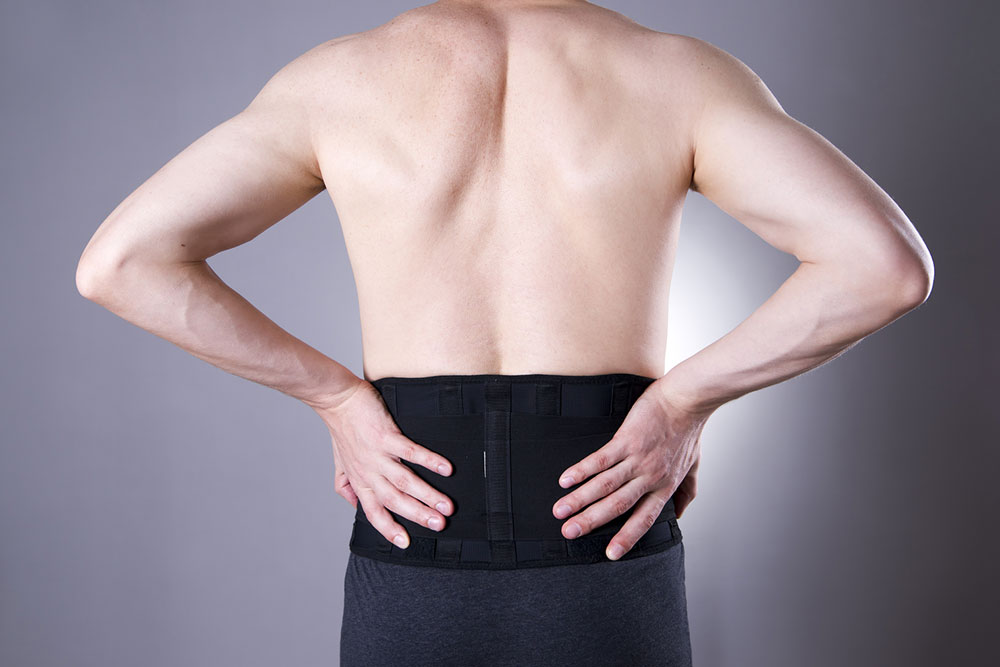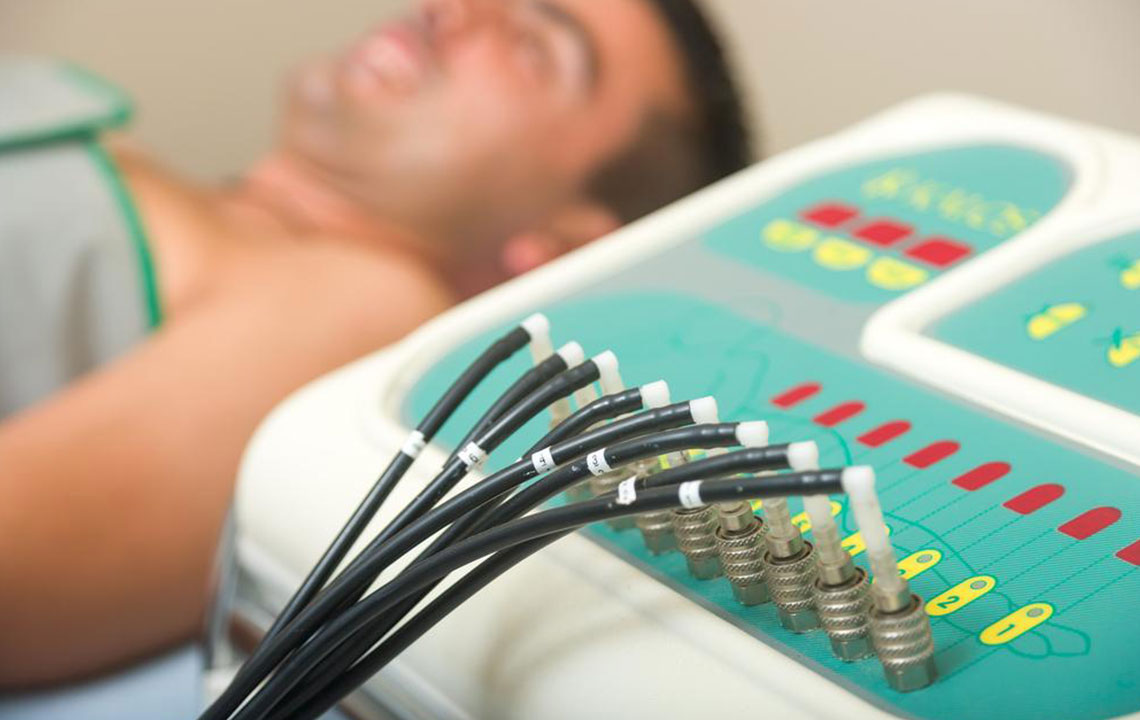Comprehensive Guide to Scoliosis: Symptoms, Diagnosis, and Effective Treatment Options
This comprehensive article explores scoliosis in detail, covering its causes, early signs, diagnostic procedures, and various treatment options. Whether mild or severe, understanding scoliosis and seeking timely medical advice can significantly improve management outcomes. Learn about effective bracing, surgical interventions, and latest advancements that help prevent progression and improve quality of life for those affected.

Comprehensive Guide to Scoliosis: Symptoms, Diagnosis, and Effective Treatment Options
Scoliosis is a condition characterized by an abnormal lateral curvature of the spine. While a healthy spine typically exhibits gentle and natural curves at the neck (cervical region) and lower back (lumbar region), in individuals with scoliosis, the spine develops an S-shaped or C-shaped curve that deviates from normal alignment. This condition can affect people of all ages but is most commonly diagnosed during growth spurts in adolescence. Understanding the various causes, recognizing early signs, and exploring available treatment options are essential to managing scoliosis effectively.
**Understanding the Causes of Scoliosis**
Scoliosis can develop due to a multitude of reasons, often categorized into idiopathic, congenital, neuromuscular, and degenerative causes. The most common form, idiopathic scoliosis, accounts for approximately 80-85% of cases and generally has no clear cause, although genetic predispositions play a significant role. Congenital scoliosis arises from malformations of the vertebrae present at birth, which can result from abnormal development during fetal growth. Neuromuscular scoliosis occurs in individuals with neurological disorders such as cerebral palsy or muscular dystrophy, where muscle imbalances contribute to abnormal spinal curvature. Degenerative scoliosis affects adults as a result of age-related degeneration of the intervertebral discs and joints, leading to spinal deformity over time.
**Recognizing the Symptoms of Scoliosis**
Early detection of scoliosis is vital for effective management and preventing progression. The signs and symptoms can vary depending on the severity of the curve, the age of onset, and the underlying cause. Common physical indicators include uneven shoulders, where one shoulder appears higher than the other; an observable prominence of one shoulder blade (scapula) that protrudes more than its counterpart; a visibly uneven waistline; and asymmetry in the hips. Spinal rotation may cause the torso to twist, leading to a visibly curved appearance when viewed from the back. Additionally, some individuals may experience back pain or discomfort, particularly in more advanced cases. In children or adolescents, noticeable changes while wearing clothes, such as one side of the shirt riding up or asymmetrical hemlines, can also serve as clues. In severe cases, the compromised space within the chest cavity can make breathing difficult, leading to shortness of breath during exertion or at rest.
**Why Early Detection Matters**
Detecting scoliosis early is critical, as mild cases often progress slowly but can worsen over time without intervention. Regular screening by healthcare professionals, especially during growth spurts in adolescence, can facilitate early diagnosis and intervention, significantly improving treatment outcomes.
**Diagnostic Process for Scoliosis**
Diagnosis typically begins with a thorough physical examination, including the Adam's Forward Bend Test, which helps reveal abnormal spinal curvature. Healthcare providers may also perform a visual assessment to identify asymmetries and rib hump prominence during spinal flexion. Confirmatory imaging studies, such as X-rays, are essential for measuring the degree of curvature using the Cobb angle—a standard metric to classify scoliosis severity. A Cobb angle of less than 20 degrees is generally considered mild, 20-40 degrees moderate, and over 40 degrees severe. In some cases, MRI scans may be necessary to rule out neurological issues or associated anomalies, especially in congenital or neuromuscular scoliosis.
**Treatment Options Based on Severity and Patient Factors**
Appropriate treatment strategies depend heavily on the age of the patient, the severity of the spinal curvature, and the potential risk for progression. The goal is to prevent the curve from worsening, relieve discomfort, and improve quality of life.
Monitoring and Observation for Mild Cases
In cases where scoliosis is mild and the patient is still growing, consistent monitoring every 3 to 6 months may be sufficient. Regular check-ups include physical examinations and periodic imaging to track any change in the degree of curvature. If the curve remains stable, invasive treatment is usually unnecessary, and the focus is on maintaining proper posture, physical therapy, and core strengthening exercises to support spinal health.
Bracing: The Mainstay for Moderate Scoliosis
For moderate scoliosis, particularly in young patients who are still undergoing growth, bracing is a common non-surgical intervention. The purpose of bracing isn’t to correct the existing spinal curve but to prevent it from worsening as the child grows. Custom-made braces, often made from lightweight plastic, are designed to snugly fit the torso and are worn for most of the day—usually 18-23 hours—to maximize their effectiveness. Compliance is key; the wider the wearing schedule, the better the chance of halting curve progression. Braces are most effective when fitted at early stages of growth and are typically discontinued once skeletal maturity is reached, indicated by the cessation of growth plates’ development.
Surgical Intervention for Severe Scoliosis
When scoliosis reaches a severe stage, or if the curve rapidly progresses despite conservative measures, surgery may become necessary. The most common surgical procedure is spinal fusion, which involves joining the affected vertebrae using bone grafts, screws, and rods. This procedure stabilizes the spine, halting further curvature development and alleviating symptoms like pain or breathing difficulties. While generally safe, spinal fusion does carry potential risks, including infection, bleeding, nerve injury, or hardware failure. In some cases, additional surgeries are required if initial fusion doesn't achieve desired stability or if the curve continues to worsen.
Advances in Treatment and Future Outlook
Recent advancements in scoliosis treatment include minimally invasive surgical techniques, customized braces via 3D printing technology, and the use of growth modulation devices in select cases. These innovations aim to improve patient comfort, reduce recovery time, and enhance correction results. Moreover, ongoing research into genetic factors and early detection methods holds promise for even more effective prevention and management strategies in the future.
**Factors Influencing Treatment Decisions**
Several key factors influence the choice of treatment, including the patient’s gender, with girls more frequently affected and often experiencing more rapid progression. The severity and pattern of the spinal curve, the patient’s age, and the degree of skeletal maturity are critical elements considered by specialists. The precise location of the curve—thoracic, lumbar, or a combined pattern—also guides therapeutic decisions. A comprehensive assessment by an orthopedic specialist is essential to determine the most suitable approach, balancing the risks and benefits of each intervention to optimize patient outcomes.




